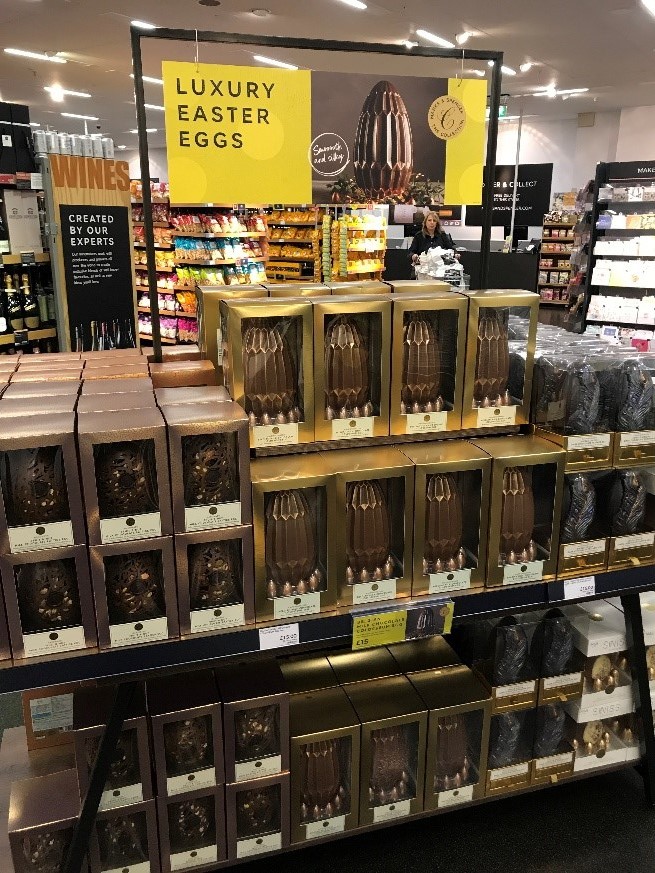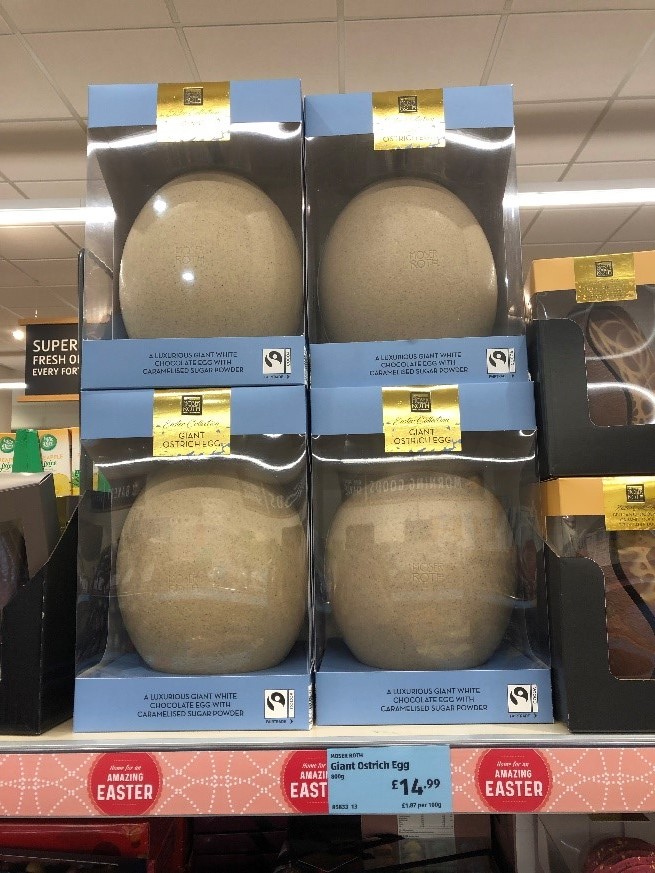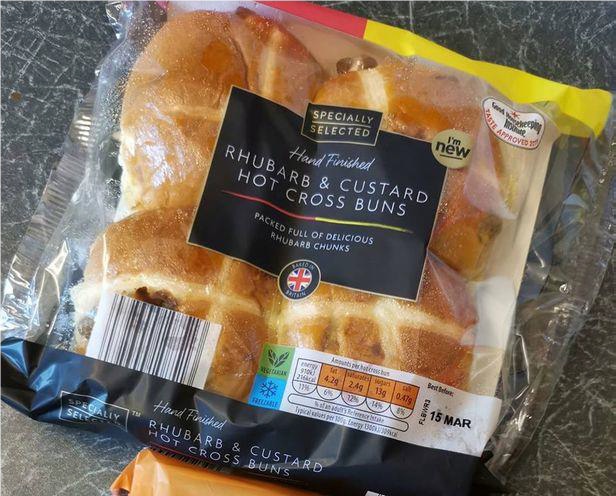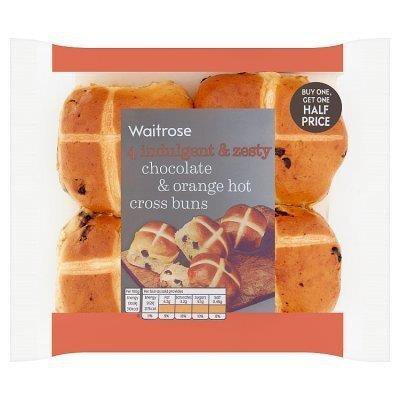Scorching Easter, a hit for lamb
Monday, 10 June 2019
Easter this year was a hot one, putting shoppers in a good mood for entertaining, but in a less traditional way.
Key take-outs:
- Easter is more important than Christmas for seasonal uplift in red meat, driven by lamb
- While Easter remains a key occasion for red meat, factors like the weather can move shoppers away from traditional roasts to other meat options. Ensure a variety of solutions are pre-planned for
- Easter is extremely important to lamb. Communicating the strong link between the celebration and lamb can help defend the protein
- Use innovation and consider ways to make products premium, add value and attract shoppers to Easter offerings
Record-breaking Easter spend
Easter was incredibly hot and late compared with last year, when the country was recovering in the aftermath of the Beast from the East. As a result, more shoppers chose to roast in the sunshine than roast their meat for an Easter meal. The good weather led to record-breaking grocery spend during the Easter week of £2.5 billion (Kantar, w/e 21 April 2019).
Roasts still key, but BBQs triumphed this year
Despite the hot weather, according to Kantar the traditional roast dinner was still extremely important. Roasting joints achieved a meat, fish and poultry (MFP) volume share of 12%, nearly double its typical cut share. However, the hot weather did shift how some shoppers bought their meat. As BBQs were fired up across the country, roasting joints turned to burgers, grills and pre-marinated cuts. Sliced cooked meats also enjoyed growth ahead of the market, suggesting picnic occasions rose. Overall, these changes in shopper choices meant that total meat volumes did not suffer.
Pork, chicken and fish all enjoyed the warmer weather, with shoppers putting more of these proteins in their baskets than last year. Beef, despite burgers and grills growing, was the only protein to lose out this Easter, with losses for roasting joints outweighing the BBQ gains.
Easter crucial for lamb
Easter is actually more important than Christmas for seasonal uplift in red meat volumes, with 26% more red meat eaten in the Easter fortnight than a typical two weeks of the year. This is driven by lamb. In comparison, Christmas only results in a 12% uplift.
For Easter 2019, total fresh lamb saw volume growth of +2.6% and value growth of +8.1%. Despite roasting occasions in the market declining, lamb roasting cuts were relatively flat in volume (-0.3%), showing the popularity of the traditional protein. The growth for lamb therefore came from more BBQ-friendly cuts of mince and pre-marinades (Kantar, w/e 21 April 2019). The positive performance of lamb also benefited products that are a typical accompaniment for the protein, with potatoes featuring in 17% more baskets, carrots in 14% more and parsnips in 13% more where lamb was present.
Easter 2019 also opened up lamb to a broader audience. During the rest of the year, lamb is typically purchased by older shoppers and people from single or two-person households. This Easter, lamb made its way into more baskets of those from larger households and those with families.
Sweet treats withstand the heat
Easter dairy categories also performed well this year. Ice cream in particular benefited from the hot weather, with sales during Easter week up 47% on 2018, driven by premium lines and filled cones (Kantar, w/e 21 April 2019).


Shoppers also bought more Easter eggs compared with last year, and bought them earlier. Despite chocolate egg spend during the three weeks to Easter falling by 7%, it was a 2% rise in spend in the 12 weeks to Easter that boosted egg sales overall (Kantar, 2019). Retailers attracted shoppers with luxury lines and eye-catching designs and flavours.


Despite being an Easter classic, the hot cross bun also benefited from innovation. More households bought hot cross buns this year (54% of households, up 4 percentage points on 2018), despite average prices rising. Growth was driven by innovation in the free-from, healthy and premium own-label types, with retailers offering exciting new flavours like rhubarb and custard, and chocolate and orange.
This is a key example of product innovations continuing to grow a category, helping them stand out on shelf at key eventing periods.
*All analysis versus comparable Easter weeks in 2018


